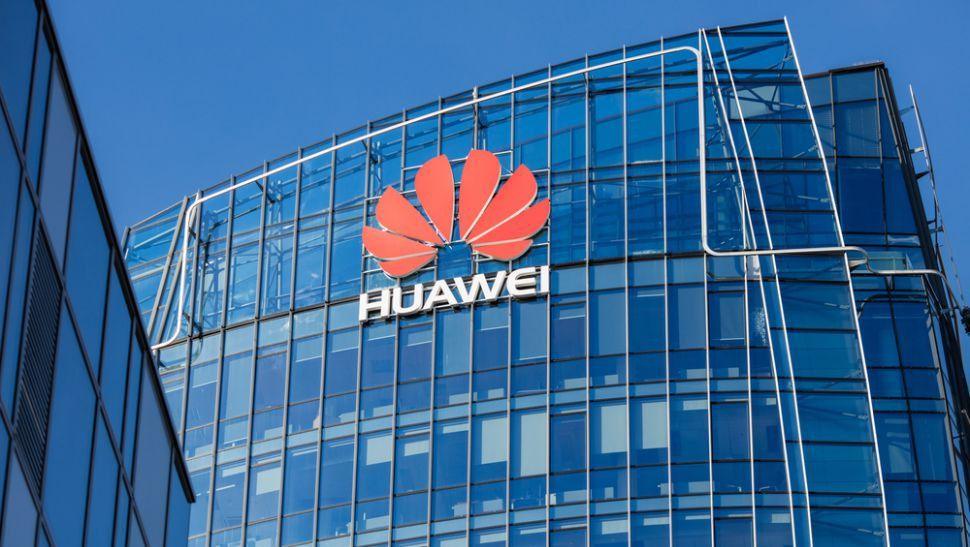- Huawei may add HBM support to Kunpeng SoC
- Clues point to a replacement for the Kunpeng 920, launched in 2019
- New SoC with HBM may target HPC and server market rivals
Huawei engineers have reportedly released new Linux patches to enable driver support for high-bandwidth memory management (HBM) on the company’s ARM-based Kunpeng high-performance SoC.
The Kunpeng 920, which debuted in January 2019 as the company’s first server CPU, is a 7nm processor with up to 64 cores based on the Armv8.2 architecture. It supports eight channels of DDR4 memory and has a thermal design power (TDP) of up to 180W. While these specs were competitive when they were first introduced, things have moved on significantly since then.
The introduction of a new Kunpeng SoC with integrated HBM would align with industry trends as enterprises look to increase memory bandwidth and performance in response to increasingly demanding workloads. It could also indicate Huawei’s efforts to remain competitive in the server and HPC markets dominated by Intel Xeon and AMD EPYC.
No official announcement…yet
Foronyx‘s Michael Larabel notes that Huawei has not yet formally announced a new Kunpeng SoC (with or without HBM), and references to it are scarce. However, kernel patches have already indicated that work is underway on integrating HBM into the platform.
The latest patches specifically address power control for HBM devices on the Kunpeng SoC, introducing the ability to turn HBM caches on or off based on workload requirements.
The patch series includes detailed descriptions of this functionality. Huawei explains that HBM offers greater bandwidth but consumes more energy. The proposed drivers will allow users to manage the power consumption of HBM, optimizing power usage for workloads that do not require high memory bandwidth.
The patches also introduce a driver for the HBM cache, allowing user-space control over this feature. By using HBM as a cache, operating systems can take advantage of its bandwidth benefits without needing to directly know the presence of the cache. When workloads are less demanding, the cache can be turned off to save power.
While we don’t have concrete details on future Kunpeng SoCs, the HBM integration could allow them to compete more effectively with other ARM-based server processors, as well as the latest offerings from Intel Xeon and AMD EPYC.




